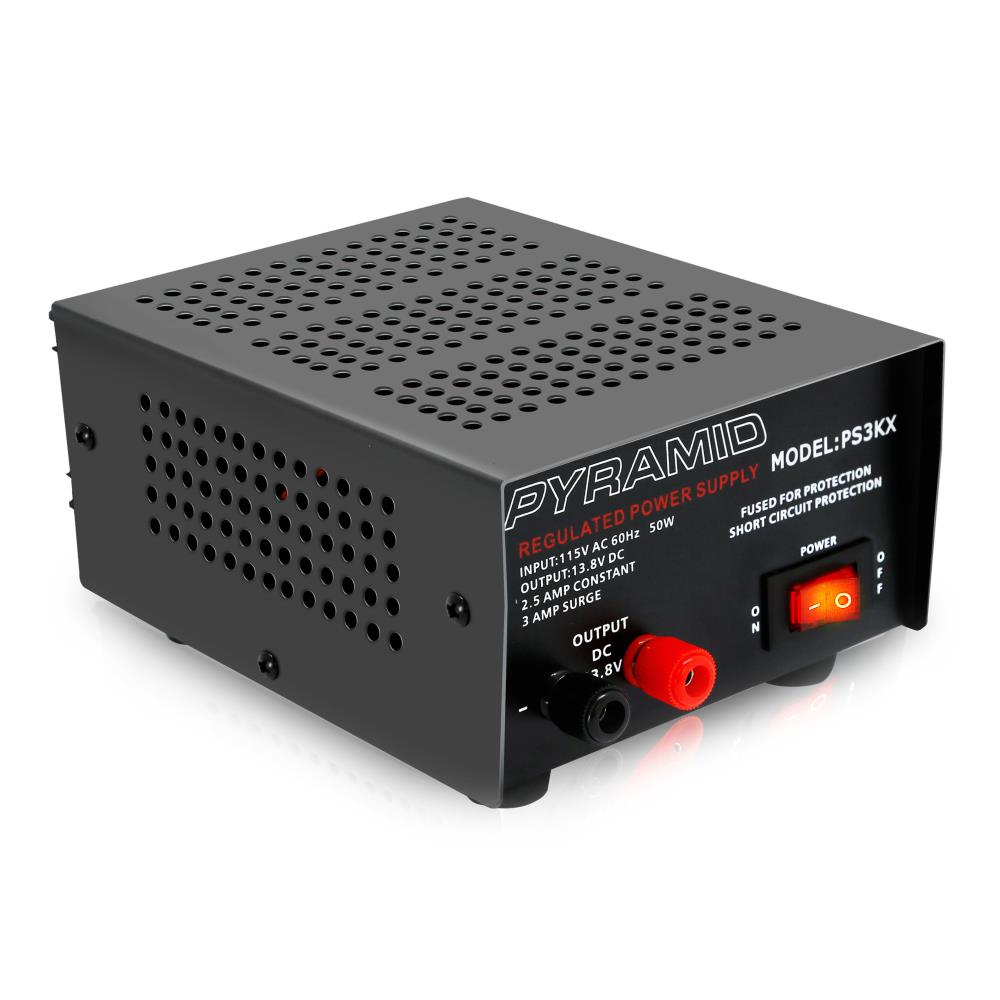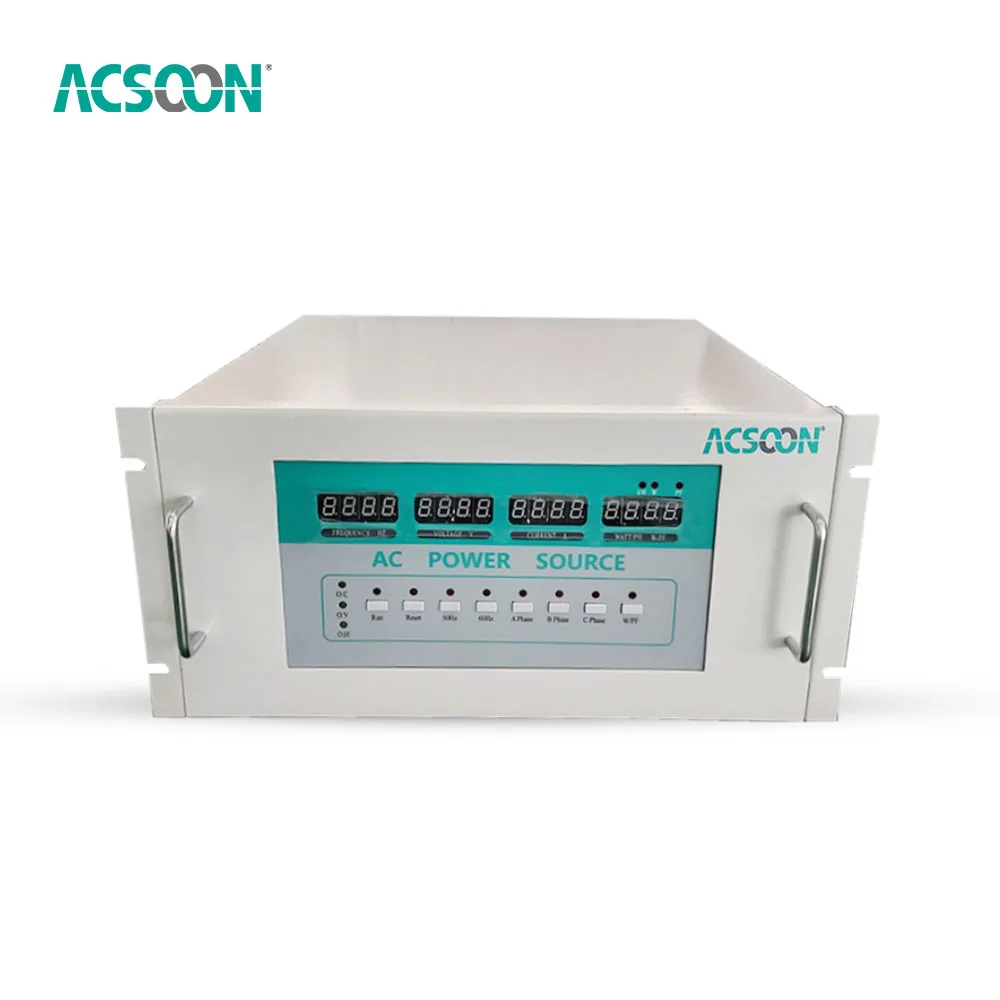
And to top off an epic Korean saga, jump on a flight to Jeju a postcard-perfect island declared one of the “New 7 Wonders Of Nature. Trekkers, on the other hand, would prefer to spend their time in the lush Seoraksan National Park, where pristine hiking trails offer endless outdoor exploration.
#Ac power converter full#
Alternatively, Jeonju is the former spiritual capital of the Joseon Dynasty and comes packed full of traditional temples and villages to explore. Head towards Gyeongju for more ancient wonders a former royal capital that has been painstakingly preserved to showcase its ancient glory.

The bustling port city of Busan offers an alternative urban experience, this time complete with beautiful beaches to complement the temples and malls.Ī lesser-known metropolis is Chuncheon, which is famed for its delicious food and a smattering of ancient attractions. Another easy day trip from Seoul is Suwon, home to the World Cup Stadium and the captivating Hwaseong Fortress.

Alarmingly close to the capital lies the Demilitarized Zone (DMZ), which serves as a somber reminder of the ongoing tensions with North Korea. Seoul may get the most attention, but there are ample attractions to explore outside of the city as well. To top off a long day, head to Hongdae to indulge in the city’s neon-lit nightlife. Of course, any self-respecting K-Pop fan will want a selfie at the Psy statue in ritzy Gangnam. No trip to Seoul would be complete without a stroll down the Cheonggyecheon Stream, preferably at night when young lovers come to bask in its romantic light displays. The humongous COEX Mall is the world’s largest underground commercial complex, while Lotte Mart provides an interesting insight into Korean culture. Shopaholics will adore the upscale Myeongdong district, although bargain-hunters will find better deals at the endless shops that line the city subway system. If coffee served in a quirky atmosphere is more your style, then eccentric animal-themed cafes are a dime a dozen in the Mapo-Gu district. After you’ve had your fill, make your way to Insadong for a traditional tea ceremony to wash it all down. If fresh seafood sounds more tempting, know that diners at the Noryangjin Fish Market will see the day’s catch killed and cooked at their table. For something a little less daring, chowing down on delectable galbi (Korean barbecue) at the stylish Itaewon neighborhood is a quintessential Seoul experience. BukcheonHanok Village provides a fascinating insight into how the common classes once lived, while Jogyesa Temple showcases the country’s strict devotion to Buddhism.Īdventurous foodies should make a beeline for the Gwangjang Market, a charmingly chaotic food hall where some 5,000 stalls serve everything from pig intestine sausage to mung bean pancakes. The equally impressive Changdeokgung features a lush garden that bursts into color during the spring. Gyeongbokgung is the most grandiose, often compared to Beijing’s Forbidden City for its sheer size. For a quick history fix, a visit to the antiquated palaces is a must. To orientate yourself by way of sweeping city views, the Seoul Tower Observation Deck offers the best vistas in town. Be sure to check current South Korea travel advisories before you go.Ī captivating mix of old and new, Seoul’s ultra-modern skyscrapers and shopping strips rub shoulders with its elegant ancient treasures. South Korea has an array of outstanding snowfields as well, which receive bucket loads of fresh powder in the winter. Nevertheless, the country’s highly developed transportation system continues to run like clockwork, and typically overrun tourist sites experience far thinner crowds.

South Korean winters are bitter, with heavy snowfall and icy pavements the norm.

The temperatures and humidity are much lower too, making fall one of the best times to visit. Once the rains have subsided in the fall (September to November), South Korea puts on a spectacular display of ochre-tinged foliage that rivals the best leaf-peeping destinations in the US. The monsoons tend to hit in July and August, so postpone your visit unless you’re prepared to cop torrential rain. Summer (June to August) sees the mercury soar, although it’s the intense humidity that causes most complaints. South Korea is a nation of four seasons, so the best time to visit depends on the activities and attractions that interest you most.


 0 kommentar(er)
0 kommentar(er)
